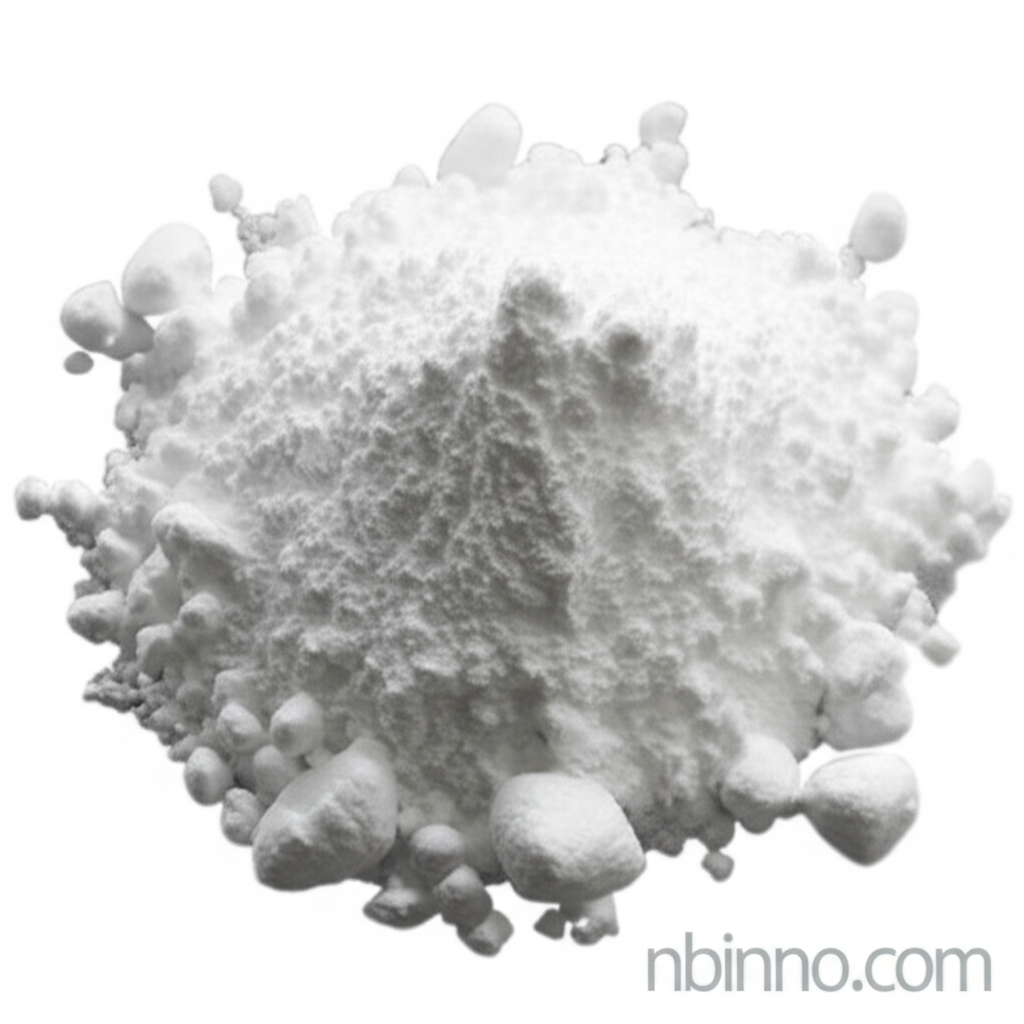Lead(II) Carbonate Basic: Properties, Applications, and Industrial Significance
Discover the multifaceted uses and chemical properties of Lead(II) Carbonate Basic, a key industrial compound.
Get a Quote & SampleProduct Core Value

Lead(II) Carbonate Basic
This versatile chemical compound, identified by CAS 1319-46-6, is a fundamental material with a range of industrial applications. Its characteristic white solid appearance and high decomposition point make it suitable for demanding processes. The compound's utility extends from its role as a pigment in paints and coatings to its use in the manufacturing of ceramics and glass, where it imparts specific properties.
- Explore the essential Lead(II) Carbonate Basic applications in various industries. This compound serves as a crucial component in many manufacturing processes.
- Understand the detailed Lead(II) Carbonate Basic properties, including its chemical structure and physical characteristics. This knowledge is vital for its effective use.
- Learn about the CAS 1319-46-6 chemical compound and its synthesis methods. Gaining insights into its production is key for supply chain management.
- Discover the benefits of white lead pigment uses in paints and coatings. Its opacity and durability have made it a long-standing choice.
Key Advantages
Enhanced Durability
Leverage the inherent stability of Lead(II) Carbonate Basic to enhance the longevity and resilience of your final products, a key aspect when considering paint and coating additives.
Versatile Pigmentation
Utilize the excellent opacity and weather fastness of this compound, as seen in its role as a white lead pigment, for superior finishes in paints and plastics.
Material Property Improvement
Incorporate Lead(II) Carbonate Basic into ceramics and glass production to improve thermal and mechanical properties, aligning with its use as a materials science precursor.
Key Applications
Pigments and Coatings
As a critical component in paints and coatings, Lead(II) Carbonate Basic provides excellent opacity and weather fastness, making it ideal for outdoor applications and high-quality finishes. Understanding its white lead pigment uses is essential.
Ceramics and Glass
This compound is employed in the production of ceramics and glass, where it contributes to enhanced thermal stability and brilliance. Its role in glass manufacturing is significant.
Chemical Synthesis
As a chemical reagent, Lead(II) Carbonate Basic is valuable in laboratories for synthesizing other lead compounds and facilitating various chemical reactions in inorganic chemistry.
Plastic Stabilization
In the plastics industry, it acts as a stabilizer for vinyl chloride plastics, contributing to the production of pearlescent finishes and other specialized plastic products. This highlights its use as a plastic stabilizer.
